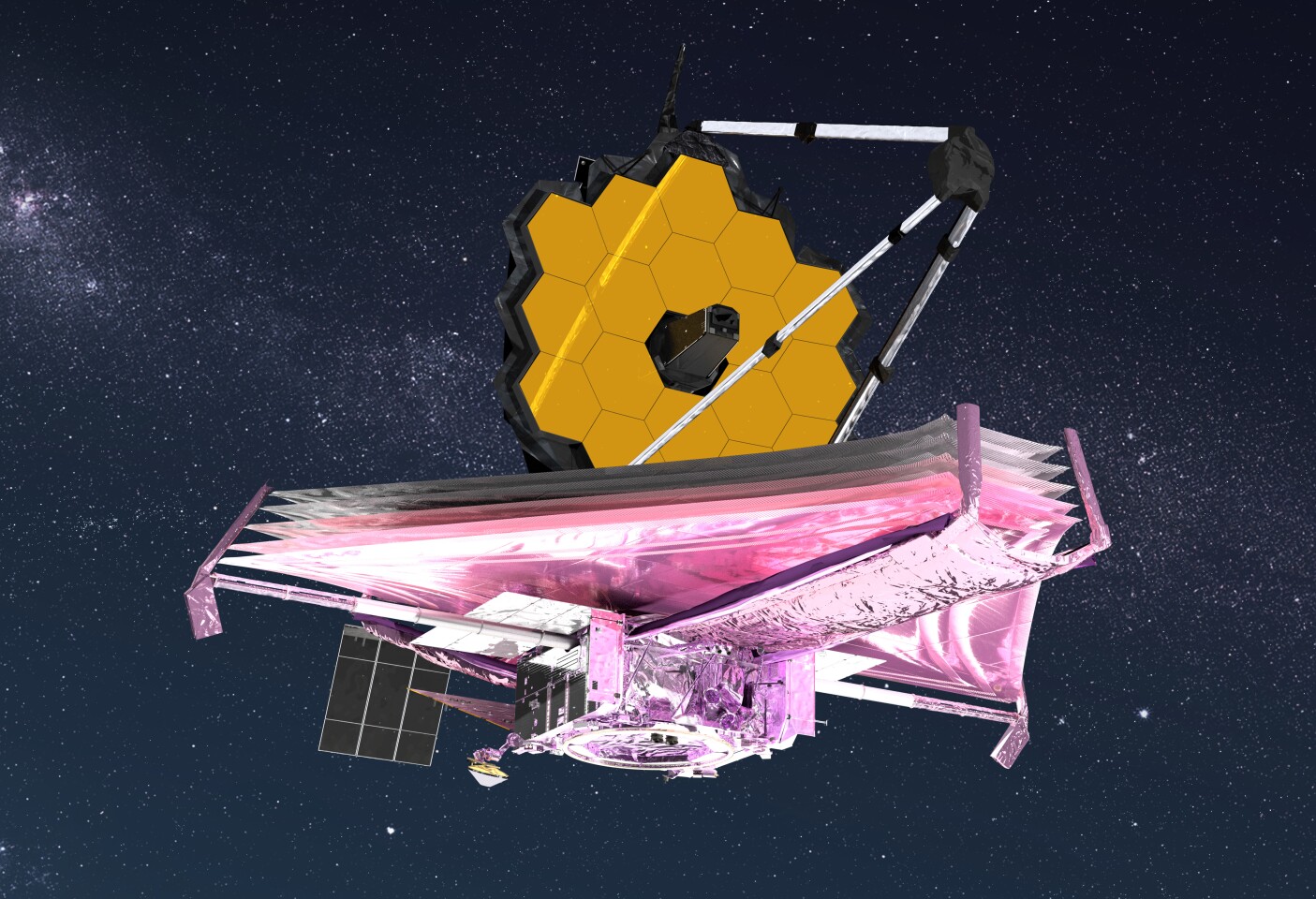Geothermal energy isn’t a new concept. The first geothermal plant was built in 1904 in Larderello, Italy; it is a “steam field” that continues to produce energy today.
Generations have tapped into geothermal energy on a smaller scale. Spend some time in Japan and you’ll see how Japanese have incorporated hot springs, a byproduct of geothermal heat, into their culture. Many cultures around the world have been using hot springs for cooking and medicinal purposes for thousands of years.
But today, geothermal heat is big business because it can help reduce dependency on fossil fuels, while providing a reliable and long-lasting energy source.
Geothermal’s Potential Astronomical
The following table by Geothermal Engergy Association (GEA) is eye opening. The four types of geothermal energy: magmatic systems, crest heat, thermal aquifers and geo-pressured basins, collectively, in billions of barrel oil equivalent (bbl), have the potential to provide roughly 16,000 times the amount of energy of all proven crude oil, heavy oil, tar sands, and oil shale combined.
World Geothermal Power Production
The United States leads the world in global geothermal power production at 3,100 MW, representing about 3% of total energy output, followed by the Philippines at 2,000 MW, Indonesia at 1,200 MW and Mexico at 1,000 MW; but geothermal opportunities exist on every continent and nearly in every country. One thousand MW is enough to provide electricity for 1 million people annually.
But according to the Geothermal Energy Association (GEA) the biggest opportunities to participate in geothermal projects and growth lie outside the United States. For the United States to maintain its leadership internationally it needs to leverage its experience and expertise and continue to push the technology envelope. Opportunities to transfer technology and train foreign geothermal plant operators are plentiful and ripe.
US Geothermal
The United States currently has 188 geothermal energy projects and cumulative investments of over $3 billion with an additional $7 billion in geothermal projects being added in the U.S. in 2013. Worldwide, geothermal energy production is expected to double by 2015.
This huge growth spurt in geothermal energy radiates to energy technology companies and suppliers that produce drilling rigs, production rigs and other energy production equipment. But in geothermal energy there is somewhat of a shortage of skilled and knowledgeable managers.
Embracing a Wider Definition of Geothermal Energy
A geothermal plant generally involves drilling deep wells and pumping hot water or steam to a plant where turbines spin and electricity is produced. But geothermal energy can be also be used for home heating, agricultural projects such as greenhouses, and snow melting and tourism.
The Technology
In a geothermal power plant, steam is produced directly from a geothermal reservoir and is used to run a generator. There are several different kinds of plants but the general principles are the same.
[relatedYouTubeVideos relation=”title” max=”1″ class=”horizontal center bg-black” showVideoTitle=”true” showVideoDescription=”true”]






